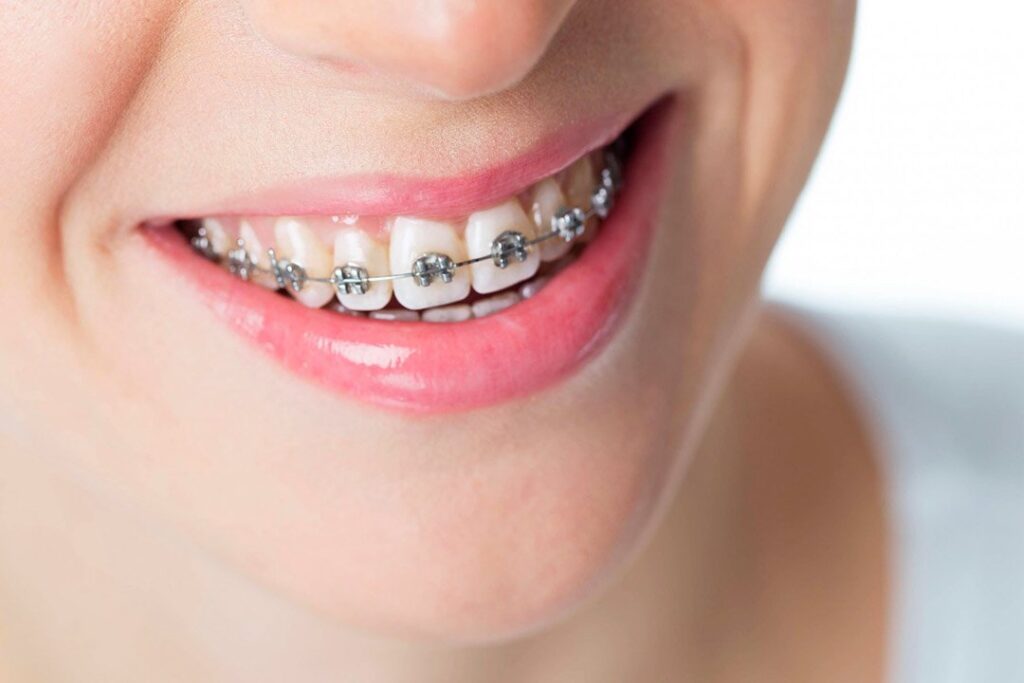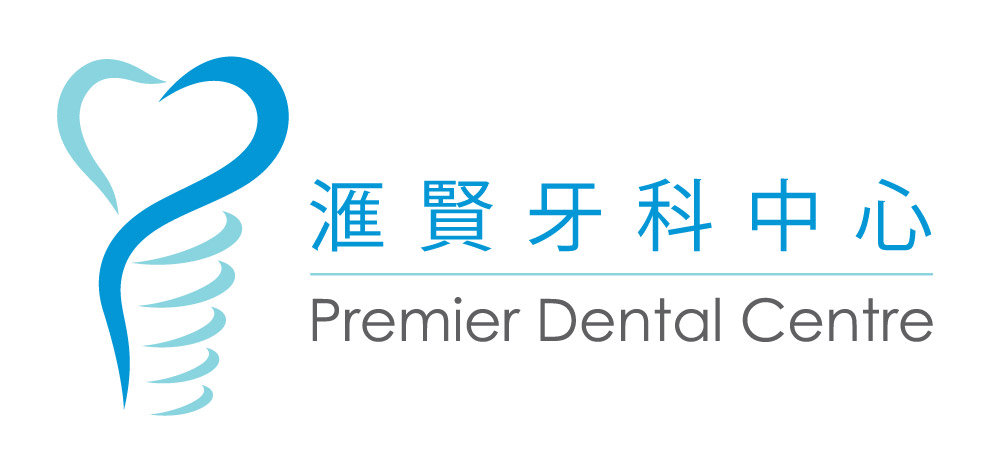
Orthodontics
Traditional Braces (Metal Braces)
Traditional braces are a long-established and widely used method for teeth alignment. The treatment involves attaching metal brackets to the surface of the teeth and connecting them with wires. These wires apply continuous pressure to gradually move the teeth into their ideal positions. Traditional braces are suitable for addressing a wide range of complex dental alignment issues, offering significant and stable results.
While traditional braces are more noticeable in appearance, patients are required to attend regular follow-up appointments to allow the dentist to adjust the tension of the wires and ensure the progress of the treatment. Despite this, their effectiveness and broad applicability make them a popular choice for many patients.


Invisible Aligner (Invisalign)
Invisible aligners, such as Invisalign, represent a modern orthodontic technology. They use transparent, removable aligners designed with orthodontic mechanics to gradually and effectively move teeth into their ideal positions. Each set of aligners is custom-made based on the patient’s dental condition and is typically replaced every 1 to 2 weeks. invisible aligners can address most dental alignment issues and are suitable for both children (from the age of 7) and adults.
Advantages of invisible aligner:
- Aesthetic Appeal: The aligners are transparent and barely noticeable when worn, making them ideal for individuals who value discretion in their appearance.
- Comfort: The aligners are cut to follow the gumline, and without metal brackets or wires, they reduce discomfort in the mouth.
- Convenience: The aligners are removable, making it easier to eat and maintain oral hygiene, helping users preserve good dental health.
